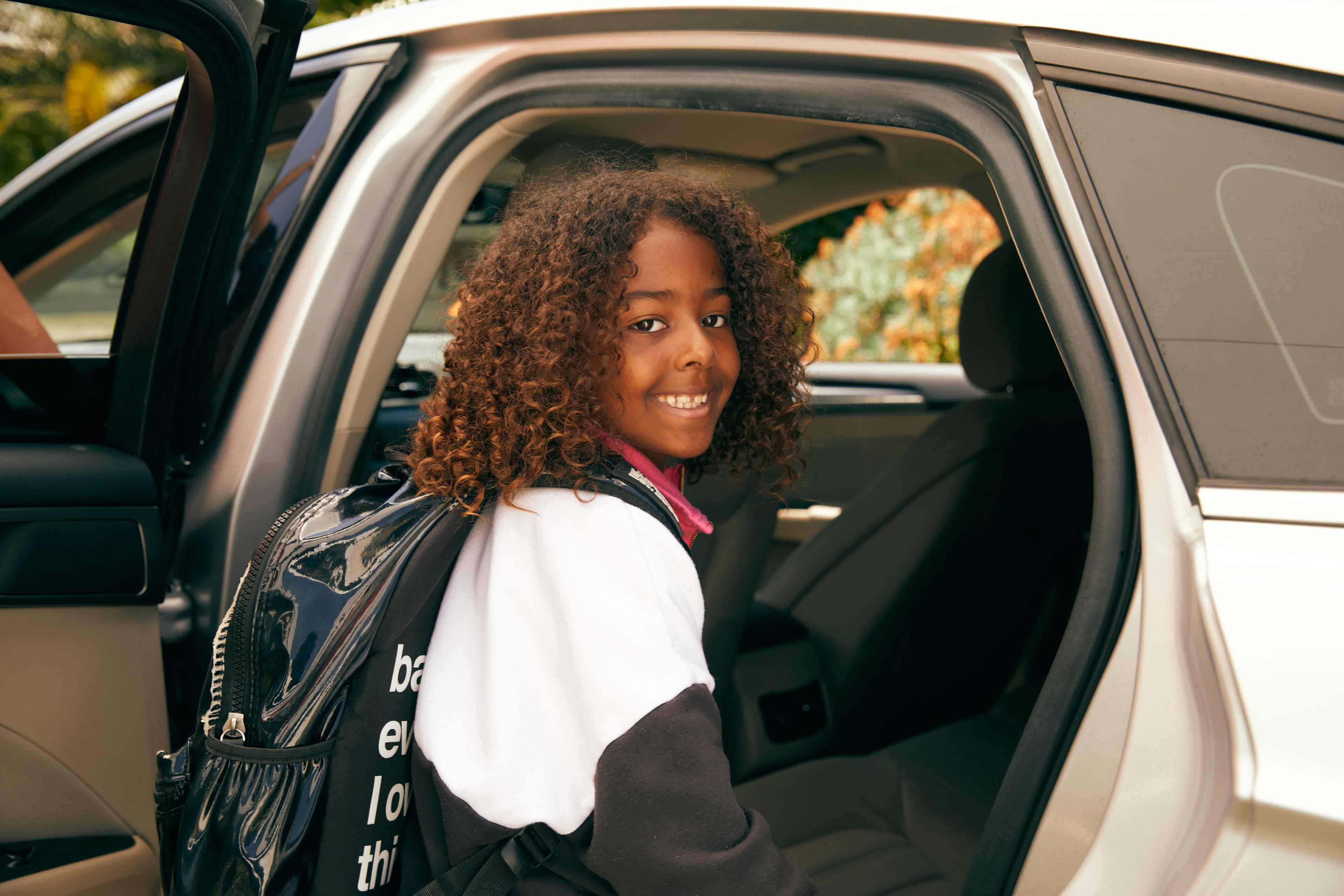As the 2024–2025 school year comes to a close across the country, we’re doing the same thing students and education professionals do: reflect on the lessons we’ve learned.
The 2024–2025 school year reminded us that the student transportation landscape is rapidly changing due to technological advances, budget constraints, and the increase in specialized student needs.
From a dramatic surge in transportation requests for students experiencing homelessness and those with IEPs to the enduring challenge of chronic absenteeism exacerbated by logistical hurdles, reflecting on what we’ve experienced and learned will help us iterate and grow.
Please join us as we unpack some key takeaways from the 2024–2025 school year.
Four School Transportation Lessons We Learned in the 2024–2025 School Year
Lesson One: There Is an Undeniable Surge in Needs for Specialty Transportation
The 2024–2025 school year has unequivocally highlighted the demand for specialty transportation services.
Since 2020, HopSkipDrive’s platform has recorded a dramatic 4,859% increase in rides for students eligible under the McKinney-Vento Homeless Assistance Act, and a significant 2,624% surge in rides for students with Individualized Education Programs (IEPs). This substantial growth mirrors national trends, with nearly 1.4 million students experiencing homelessness and a record 7.5 million students in special education identified in recent years.
The key takeaway from this year is the urgent and growing need to prioritize tailored transportation solutions to ensure these students have consistent access to their education and support services.
Lesson Two: There Is a Persistent Link Between Transportation and Chronic Absenteeism
A significant lesson reinforced during the 2024–2025 school year is the critical connection between student transportation and chronic absenteeism.
While chronic absenteeism is trending downward from its peak during the pandemic, the fundamental challenge of students missing significant amounts of school remains a major concern. FutureEd released a tracker highlighting all the legislation being enacted to ensure students get to school, and districts can expect increasing requirements to both collect relevant data and intervene in cases of chronic absenteeism.
Our 2024 State of School Transportation Report found that 44% of school leaders identify transportation challenges as contributing to chronic absenteeism, with over 21% citing them as the primary driver. This led us to take action and create the Daily Absent Rider Email, a feature in our RideIQ ride management platform that provides Ride Organizers visibility into which riders are missing rides. This saves transportation teams time and fully empowers them with the information they need to make quick interventions with students missing a lot of school, helping them get back on track.
HopSkipDrive can be a valuable partner in helping your schools improve attendance. Check out our case study on how Detroit Public Schools Community District (DPSCD) leveraged HopSkipDrive as part of a multimodal approach to cut chronic absenteeism by 14%.
Lesson Three: There Is a Growing Strain on Traditional School Transportation — and Families
The 2024–2025 school year has further illuminated the increasing strain on traditional school transportation systems.
The persistent school bus driver shortage — with 91% of transportation professionals reporting this challenge — has led to tangible impacts such as shortened or reduced routes for 60% of districts.
Additionally, the burden placed on families due to these challenges is significant, with 41% experiencing reduced bus services, leading to a substantial majority of parents becoming primary transporters. The stress and disruption caused by unreliable transportation highlights the need for solutions that consider the impact on families.
This year has also underscored the limitations of relying solely on traditional models and the need to explore supplementary transportation solutions to keep districts future-ready.
Lesson Four: Transportation Can Save School Districts Money
School transportation costs represent a large part of any district’s annual budget. From managing fuel and maintenance costs to ensuring driver salaries and up-to-date safety measures, districts must allocate resources carefully to keep transportation services running smoothly.
Money is top of mind for school administrators, especially with predicted budget cuts at the federal level. So it’s exciting this year to have tangible proof that embracing multimodal transportation can help school districts not only optimize and streamline routing but also be fiscally responsible.
Denver Public Schools (DPS), Colorado’s largest school district, faced the challenges of a bus driver shortage and fluctuating student enrollment, which impacted transportation efficiency and budget. To address these issues, DPS embraced a multimodal transportation strategy, integrating small vehicles alongside traditional buses. This approach resulted in significant cost savings and improved service delivery.
This enhanced efficiency translated to significant savings of over $500,000 in the 2023–2024 school year.
Moving Forward
These insights from the 2024–2025 school year serve as a powerful call to action. The undeniable surge in special populations' needs, the persistent link between transportation and chronic absenteeism, and the growing strain on traditional systems underscore the urgent need for a paradigm shift.
Embracing innovation, prioritizing equity, and developing tailored solutions are not merely aspirational goals but essential imperatives for creating a resilient transportation ecosystem.
Interested in learning how we can help make your district’s transportation strategy flexible, reliable, and future-ready?



